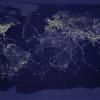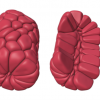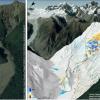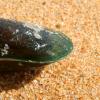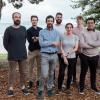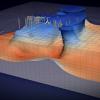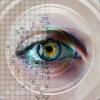3D genome modelling for complex diseases
“Analysing this type of data is very computationally heavy. Last week I analysed seven new data sets in two days. Now we have additional 3D structured genome data sets from different tissues and cell types. It is amazing.”
Subject:

